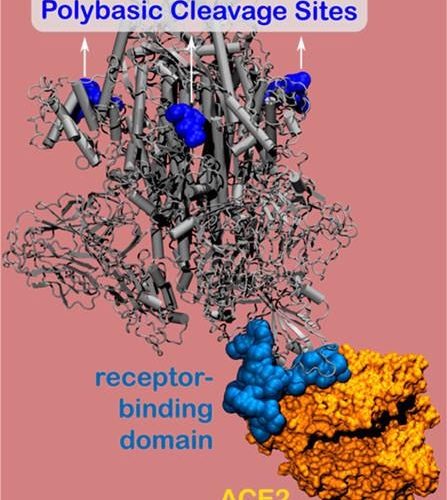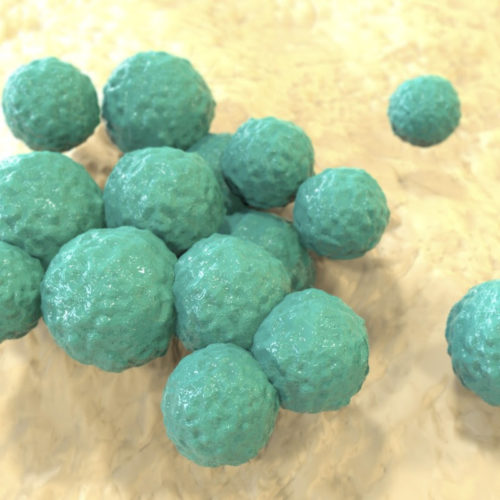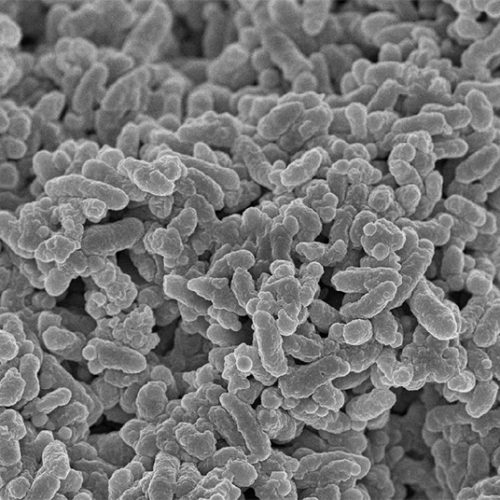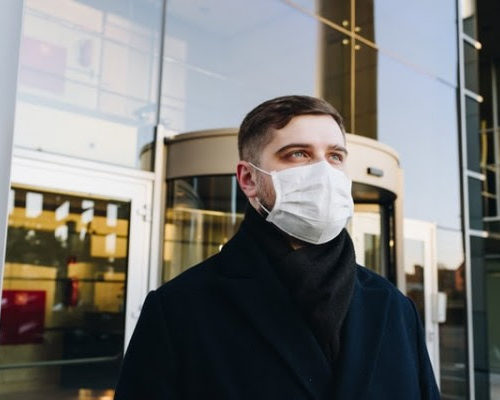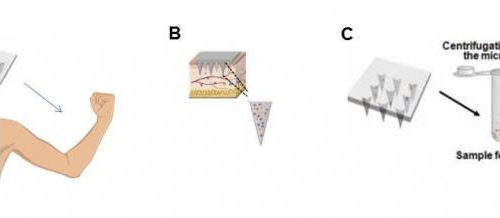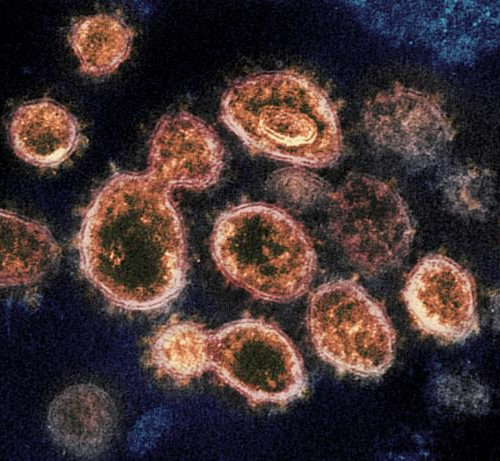Electrostatic interactions enhance the spike protein’s bond to host cells NORTHWESTERN UNIVERSITY A COMPUTER MODEL SHOWING THE POLYBASIC CLEAVAGE SITES, LOCATED ON THE NOVEL CORONAVIRUS’ PROTEIN SPIKE. view more CREDIT: NORTHWESTERN UNIVERSITY EVANSTON, Ill. — Northwestern University researchers have uncovered a new vulnerability in the novel coronavirus’ infamous spike protein — illuminating a relatively simple,...
Tag: <span>material science</span>
Cellulose wound dressing uses peptides to kill bacteria
By Ben Coxworth August 11, 2020 Staphylococci bacteria proved to be no match for the peptide-boosted cellulose fibers katerynakon/Depositphotos VIEW 1 IMAGES Although it’s vitally important to keep wounds free of harmful bacteria, antibacterial ointments have to be regularly reapplied, requiring bandages to be removed. A new wound dressing, however, is claimed to continuously kill...
Synthetic Melanin Protects from Radiation Damage
JULY 14TH, 2020 SIAVASH PARKHIDEHCARDIAC SURGERY, DENTISTRY, DERMATOLOGY, MATERIALS, NUCLEAR MEDICINE, ONCOLOGY, ORTHOPEDIC SURGERY, PUBLIC HEALTH, RADIATION ONCOLOGY, RADIOLOGY, SPACE MEDICINE Researchers at Northwestern University have developed a new biomaterial, selenomelanin, that can help protect people from radiation. The new substance, chemically synthesized and produced by bacteria, helps protect cells from radiation more effectively than...
How to Identify Which Facemask to Wear and Not During COVID-19 Pandemic? Here are the Least and Most Effective Ones, According to Research
The COVID-19 pandemic forced many countries to implement many restrictions to ensure people’s safety from the viral infection. Different face masks are being developed, each claiming that they are efficient enough to prevent the transmission of the viral disease. Also Read: COVID-19 UPDATE: Man Lied About Coronavirus and Infected Friend At A Party Also Read:...
STRONG HYDROGEL COULD REPLACE BUSTED KNEE CARTILAGE
An experimental gel is the first to match the strength and durability of knee cartilage, researchers say. The material may look like a distant cousin of Jell-O—which it is—but it’s incredibly strong. It’s 60% water, but a single quarter-sized disc can bear the weight of a 100-pound kettlebell without tearing or losing its shape. THE...
Let the robot swarms begin!
Multi-disciplinary research has led to the innovative fabrication of molecule-sized robots. Scientists are now advancing their efforts to make these robots interact and work together in the millions, explains a review in the journal Science and Technology of Advanced Materials. A molecular robot, which is typically between 100 nanometers to 100 micrometers long, requires an...
A metabolic enzyme drives lymphoma and is a potential drug target
by Memorial Sloan Kettering Cancer Center Because of how aggressively they divide, cancer cells have an increased demand for building materials and energy. They meet these added demands by altering their metabolism—taking in larger amounts of fuel, for example. Historically, these metabolic changes have been considered a consequence rather than a cause of cancer, and...
Researchers develop 3D-printable material that mimics biological tissues
Biological tissues have evolved over millennia to be perfectly optimized for their specific functions. Take cartilage as an example. It’s a compliant, elastic tissue that’s soft enough to cushion joints, but strong enough to resist compression and withstand the substantial load bearing of our bodies, key for running, jumping, and our daily wear and tear....
Extraction of skin interstitial fluid using microneedle patches
Researchers at the Terasaki Institute enhance tool for extraction of samples used in monitoring patient health (LOS ANGELES) – The interstitial fluid is a major component of the liquid environment in the body and fills the spaces between the body’s cells. In contrast, blood circulates only within the circulatory vessels of the body and is...
X-ray experiments zero in on COVID-19 antibodies
As scientists across the globe race to develop a vaccine against SARS-CoV-2, the coronavirus that causes COVID-19, an international team led by Davide Corti at Vir Biotechnology and David Veesler at the University of Washington has been working around the clock on a complementary approach – identifying neutralizing antibodies that could be used as a...
- 1
- 2

